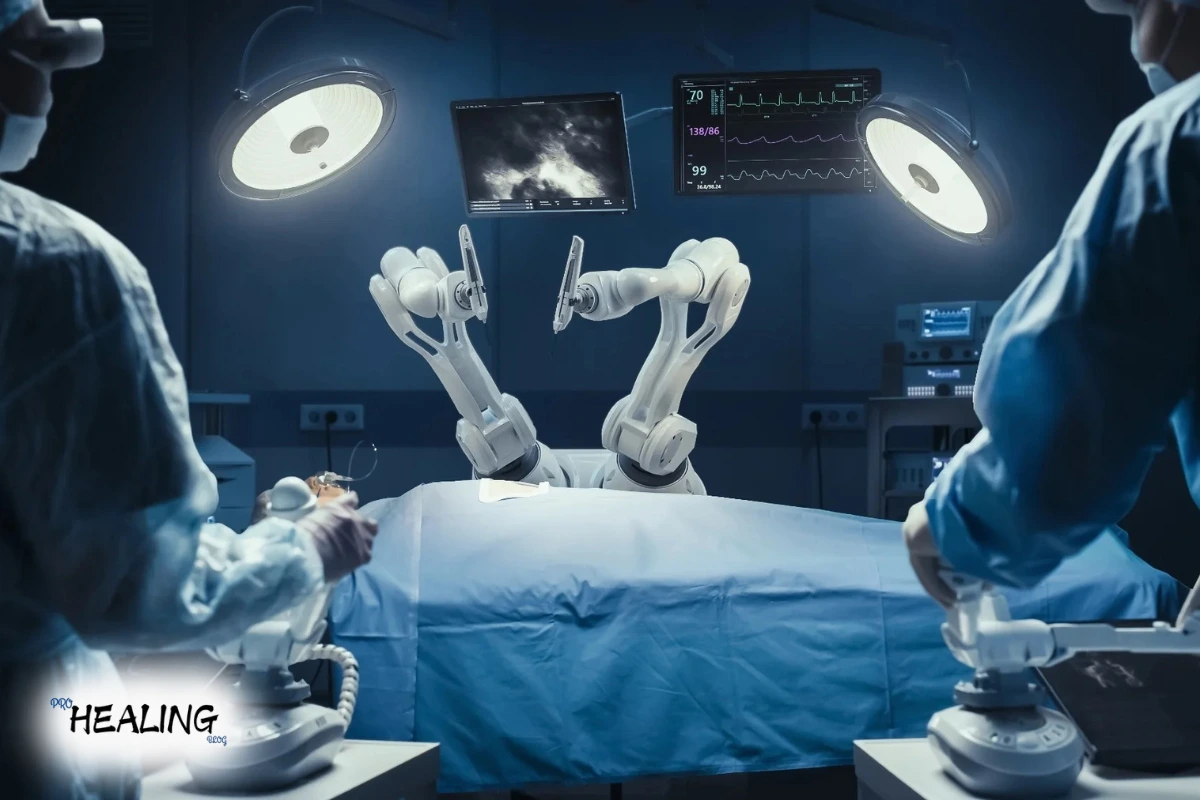The Importance of Open-Globe Injury Repair
Open-globe injuries involve a full-thickness wound in the eye’s outer structure. These injuries often lead to vision loss if not treated promptly and accurately. Early surgical repair is critical for:
- Restoring vision.
- Preventing infections.
- Preserving the eye’s structural integrity.
Challenges in Training for Open-Globe Repair
Traditional surgical training often limits hands-on opportunities. Surgeons-in-training face barriers like:
- Limited access to real-time cases.
- Inconsistent exposure to diverse injuries.
- High-stress environments during live surgeries.
How Video-Based Surgical Curriculum Helps
Video-based curriculums bridge training gaps by offering step-by-step guidance for critical procedures. They use high-quality videos to simulate surgeries, ensuring trainees understand key techniques.
Key Features of the Curriculum
- Step-by-Step Tutorials: Simplify complex repairs.
- Real Case Scenarios: Highlight diverse injury presentations.
- Pause and Replay: Allows repeated review for mastery.
- Global Accessibility: Makes expert knowledge available worldwide.
PubMed highlights this curriculum as an effective training tool for improving outcomes in open-globe injury repair.
See Also: PODN : Health and Tech Impacts Explored
Statistics Supporting Video-Based Training
- Studies on video-based surgical training show a 30% improvement in surgical confidence among trainees.
- Surgical error rates reduced by 40% when using video-based preparation.
- Over 75% of medical trainees report enhanced understanding of techniques through video curriculums.
These figures underscore the effectiveness of video-based education in medical fields.
Health Implications of Improved Training
- Better Patient Outcomes
Surgeons trained with video-based curriculums achieve higher success rates in restoring vision. - Faster Skill Development
Trainees gain proficiency quicker, reducing the learning curve for complex procedures. - Global Standardization
Uniform access to high-quality resources ensures consistency in surgical care worldwide. - Reduced Complications
Enhanced training minimizes errors, lowering the risk of post-surgical complications like infections.
PubMed’s Role in Advancing Surgical Training
PubMed provides an extensive repository of research on video-based training for surgical techniques. Its studies demonstrate:
- Improved outcomes in complex cases like open-globe injuries.
- Effective integration of technology in medical education.
- Opportunities for global collaboration in surgical training.
By sharing evidence-based practices, PubMed helps revolutionize medical training.
Conclusion
A video-based surgical curriculum for open-globe injury repair, supported by PubMed, is revolutionizing medical education. By offering accessible, detailed, and effective training resources, it enhances surgical outcomes and patient care. This innovative approach ensures the next generation of surgeons is better equipped to handle complex ocular injuries.
See Also: Sound Healing: Ancient Practice Meets Modern Wellness
FAQs
What is a video-based surgical curriculum?
It uses video tutorials to teach surgical procedures, enhancing learning through visual demonstration and repetition.
Why is video-based training beneficial for open-globe injuries?
It provides clear guidance on complex techniques, allowing trainees to practice safely and effectively.
What is PubMed’s role in this context?
PubMed offers research supporting the effectiveness of video-based curriculums in improving surgical outcomes.
How do video-based curriculums improve patient care?
They reduce surgical errors, enhance technique consistency, and lead to better recovery outcomes for patients.
Are video-based curriculums widely used?
Yes, they are increasingly adopted worldwide for their accessibility and effectiveness in surgical training.
How effective is this method for trainees?
Studies show a 30-40% improvement in surgical confidence and accuracy among trainees.






